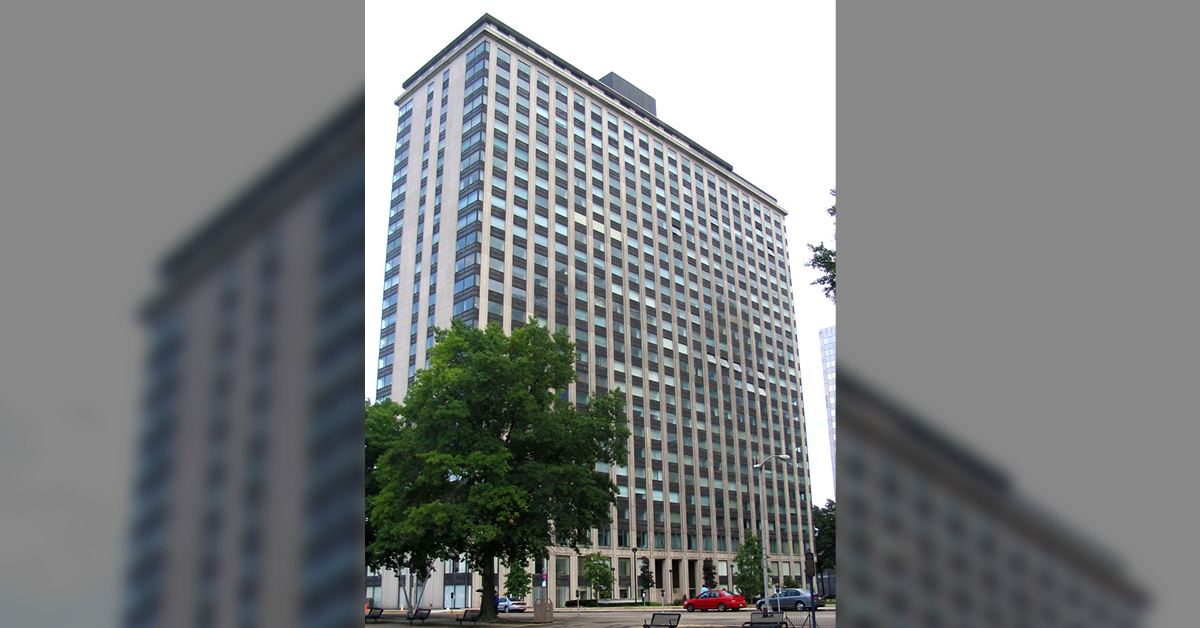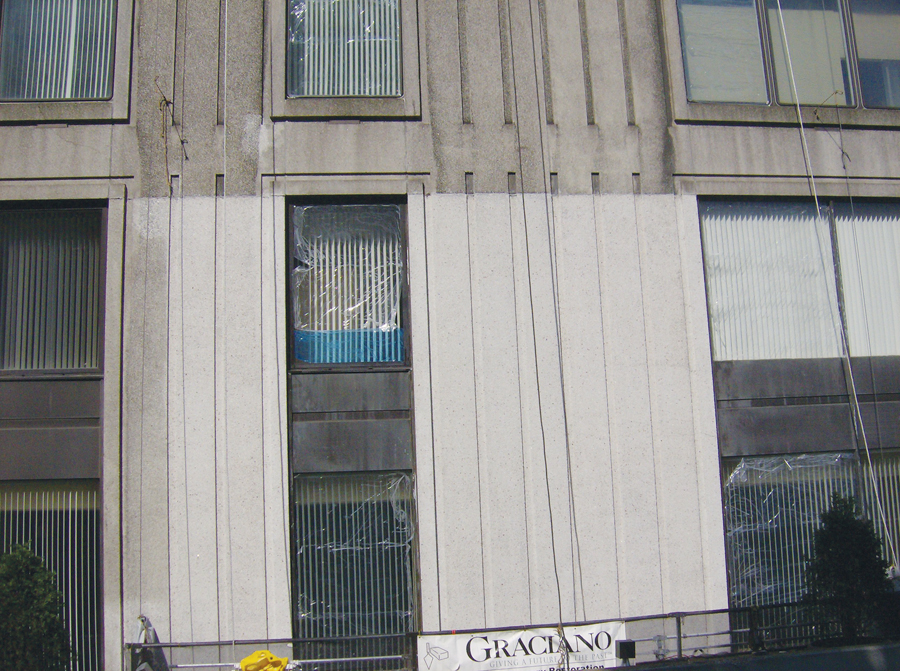Gateway Towers, located downtown Pittsburgh, Pennsylvania, is one of the most recognized condominiums in the city. It overlooks Point State Park – where the Monongahela and the Allegheny Rivers meet to form the Ohio River – and is also visible from Heinz Field and PNC Park, the respective homes of the Pittsburgh Steelers and the Pittsburgh Pirates. Built in the 1960s, the building is clad in light colored marble and accented with anodized steel panels.
Over time, the façade of Gateway Towers had become soiled from exposure to environmental elements. The building required cleaning of all exterior marble and anodized finishes, as well as removal and replacement of caulking between the structure’s anodized panels and windows. All of the building’s window frames also required repainting.
The project involved:
- Staging work over two construction seasons
- Devising work schedules that would not disturb residents living in the building
- Cleaning all exterior marble and anodized surfaces
- Removing existing caulking from exterior joints
- Reinstallation of caulking to ensure a proper seal at each joint
- Surface preparation and painting of all windows
Project Details
Project Included
Glossary Terms

